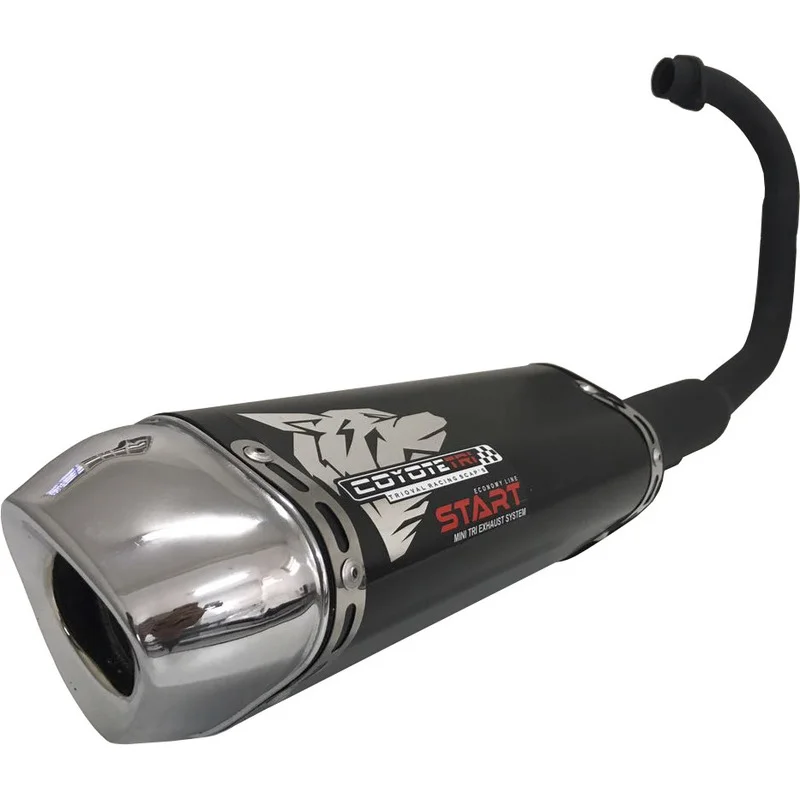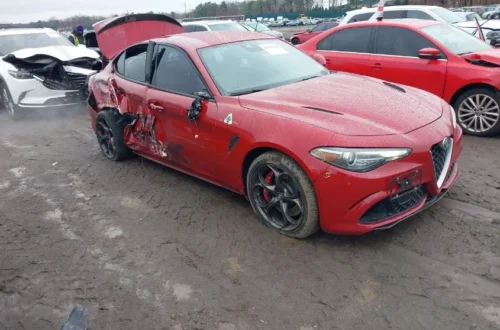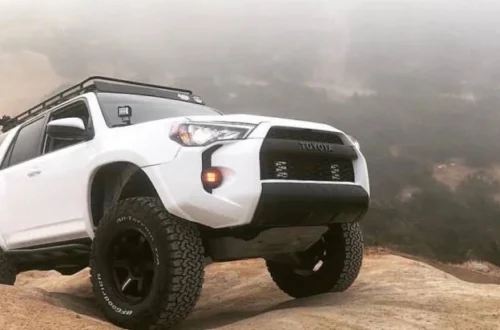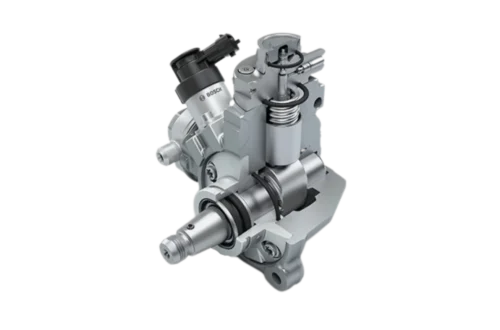The phrase “Escapamento RD” comes from Portuguese (escapamento = exhaust) and refers to the exhaust / muffler / expansion chamber systems used on Yamaha’s RD series of two-stroke motorcycles.
Yamaha’s RD models—such as RD 125, RD 135, RD 250, RD 350, and earlier two-stroke variants—are legendary in the motorcycling world, largely due to their lightweight design, high output two-stroke engines, and the character of their exhaust note.
The exhaust (escapamento) in these bikes is not a mere pipe; it is a finely tuned expansion chamber system, designed to shape exhaust pressure waves, enhance engine breathing, and maximize performance in a narrow powerband. The design, length, shape, and materials all affect how the engine responds, how loud it is, and how it feels to ride.
Because RD motorcycles often attract enthusiasts and restorers, the escapamento RD has become both a functional and cultural symbol: riders often swap, restore, or modify them to extract extra performance or re-capture the classic two-stroke roar.
How the RD Exhaust System Works: Expansion Chambers & Two-Stroke Dynamics
To understand why the escapamento RD is so special, you need to see how two-stroke engines operate and why the exhaust matters more in them than in four-stroke designs.
Two-Stroke Basics & the Role of Exhaust
In a two-stroke engine, the exhaust port, intake port, and transfer ports open and close in rapid succession, and the fresh air-fuel mixture pushes out the exhaust gases. However, without careful control, the fresh charge can escape prematurely out the exhaust port.
This is where the expansion chamber (a special shape of pipe with a bulge and tapered sections) comes in: it uses pressure wave dynamics. When exhaust gases exit, they generate a negative wave (suction) followed by a reflected positive wave. If timed correctly, this returning wave can help push back unburned mixture into the cylinder before the port closes—improving efficiency and power.
Key Aspects of an Escapamento RD Design
-
Header / Primary Pipe: connects the exhaust port to the chamber; length and diameter are tuned for resonance.
-
Belly / Chamber: the bulged central portion that shapes pressure waves.
-
Diffuser / Diverging Section: helps dissipate pressure and shape the wave behavior.
-
Stinger / Tail Pipe: a narrow outlet that creates backpressure and affects final wave reflection.
Changing any of these dimensions—length, cross-section, taper angles—alters the powerband location, torque curve, and sound. That’s why different RD pipes (for RD 125 vs RD 350) are not interchangeable.
Thus, the escapamento is not cosmetic—it’s a performance component central to the engine’s personality.
Stock vs Aftermarket / Custom Escapamento RD Options
When dealing with RD motorcycles, owners typically face choices among stock original exhausts, aftermarket reproductions, and custom or tuned chamber builds.
Original / OEM Escapamento RD
-
These are the factory-supplied pipes designed by Yamaha. For many RD models, original exhausts are rare and prized by collectors.
-
They often offer balanced performance and reliability, with design tuned for a mixture of street riding and moderate power.
Aftermarket / Replica Escapamento RD
-
Many companies reproduce RD exhausts, especially for popular models like RD 125 and RD 135.
-
Materials are often upgraded (stainless steel, better welds, coatings) and sometimes slightly fine-tuned for better performance or durability.
-
Off-the-shelf options can come in multiple “tuning profiles” (higher power at high RPM, better midrange, etc.).
Custom / Tuned Escapamento Builds
-
For racing or performance tuning, many owners and shops fabricate custom expansion chambers. They alter dimensions to shift the powerband or adjust to engine modifications (porting, carburetion, etc.).
-
Custom builds allow matching the exhaust exactly to the motor’s modifications and riding style — though it requires skill and trial.
-
In markets like Brazil, there are artisan builders producing handcrafted escapamentos for RD125/135 models.
Tradeoffs and Considerations
-
Noise / Emissions: more aggressive pipes may not comply with local sound or pollution regulations.
-
Durability: OEM designs often emphasize longevity; cheap aftermarket ones may wear, corrode, or crack quicker.
-
Cost / Availability: original parts are expensive and scarce; reproductions are more affordable but may vary quality.
-
Tuning compatibility: if your engine has modifications, the exhaust should match, otherwise the motor may run poorly.
Performance, Sound & Rider Experience with Escapamento RD
A large part of the allure of the escapamento RD is how it transforms the riding experience—both in sound and performance feel.
Distinctive Exhaust Sound / Voice
-
One key hallmark is the high-pitched, shrill bark of RD motorcycles. Unlike the deep rumble of four-stroke bikes, a tuned RD exhaust produces a sharp, piercing note that is instantly recognizable.
-
This signature “two-stroke scream” is amplified by the shape of the expansion chamber, and contributes heavily to the bike’s identity and emotional appeal.
Powerband Delivery
-
Because two-strokes often have a narrow RPM range of peak power, the exhaust’s role is critical in bell-shaped torque curves.
-
A correctly tuned escapamento RD can improve both mid-range punch and top-end speed, depending on design tradeoffs. Riders often feel a sudden surge of acceleration when reaching the tuned RPM window.
Throttle Response & Rideability
-
A well-matched exhaust gives more snappy throttle response, smoother engine transitions, and better reactivity in gear shifts.
-
Poorly matched or outdated pipes can cause “bogging,” flat spots, or loss of responsiveness outside the optimal RPM zone.
Riding Feel in Real Life
-
In city riding, having a bit more low-to-mid torque is helpful; in track or open-road use, riders might prefer higher top-end.
-
Riders often describe the “kick” when the exhaust resonance hits — a visceral feeling that makes two-stroke riding addicting.
Thus, upgrading or restoring the escapamento RD is one of the most direct ways to change how the bike feels and sounds.
Maintenance, Restoration & Challenges of Escapamento RD
Because these exhausts are often vintage or heavily used, caring properly for them is essential for performance and longevity.
Carbon / Soot Buildup & Cleaning
-
Two-stroke combustion produces carbon deposits. These build up in the chamber and stinger, reducing exhaust flow over time.
-
Cleaning, decoking (using chemical cleaners or heat), and periodic inspection are critical to keep performance.
Rust, Corrosion & Material Issues
-
Many original RD pipes were made from mild steel or thin metal that rusts over decades.
-
Cracks at welds, flanges, or brackets are common. Restorers often need to weld or reinforce.
-
Recoating, plating, or using corrosion-resistant alloys can extend life.
Weld Integrity & Structural Fatigue
-
Vibration, stress, and thermal cycling can cause welds to crack or separate.
-
Frequent inspection of welds, braces, and mounting points is necessary—especially on older bikes.
Gasket / Flange Leaks
-
Exhaust leaks at the joint to the cylinder or foot may introduce performance loss and noise.
-
Replacing gaskets, ensuring proper clamp torque, and checking alignment is standard maintenance.
Compatibility & Fitment Issues
-
Because many later RD models or custom builds may not perfectly align, fitting reproduction or aftermarket escapamentos requires attention to mounting points, pipe clearances, and frame compatibility.
With dedicated care, many legendary RD exhausts still run beautifully today, preserved by enthusiasts.
Conclusion
The escapamento RD is far more than a motorcycle’s exhaust—it’s an engineering marvel, a cultural icon, and a living piece of two-stroke performance heritage. Originating in Yamaha’s RD series, these expansion-chamber exhausts shaped not just how the bikes ran, but how they felt— loud, aggressive, alive.
From their carefully tuned wave dynamics to their iconic sound, performance tradeoffs, and restoration challenges, escapamento RD systems occupy a special place in motorcycling lore. Whether you ride an RD, restore vintage bikes, or just appreciate mechanical artistry, understanding the role and nuance of escapamento RD opens a window into why two-stroke culture remains so beloved.
If you like, I can also compile a gallery of RD exhaust designs, recommended replicas, and tuning specs by model (RD 125, RD 135, RD 350, etc.) to complement this article.




